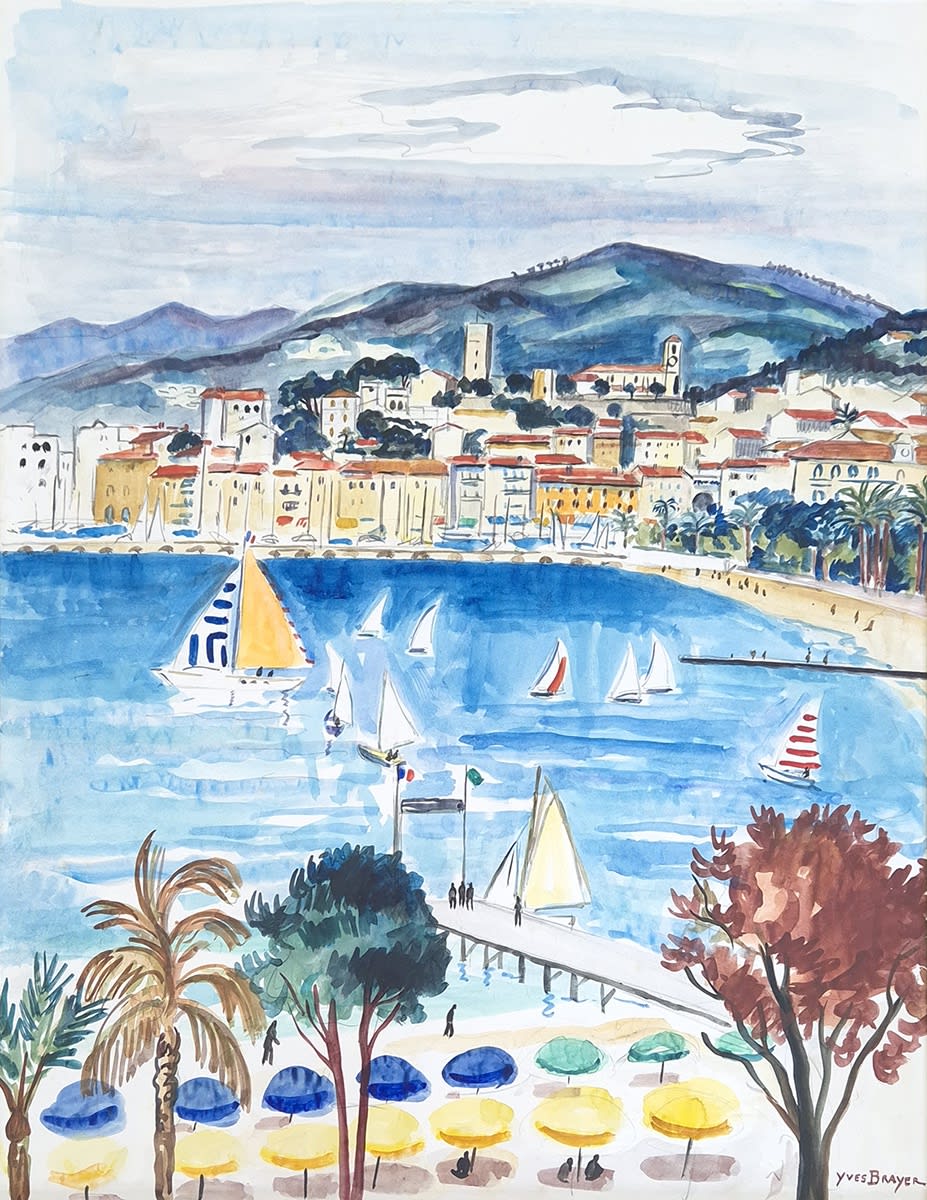Born in Montmartre, Paris in 1895, the son of a café musician and embroiderer, Eugene Paul (known as Gen) enjoyed a childhood where his neighbours were Picasso, Van Gogh, Degas, Toulouse-Lautrec and Van Dongen, amongst others.
Gen Paul initially worked as an upholsterer, but a severe injury during service in the First World War meant he could no longer work in this field. He determined to pursue his first love, drawing and painting, with help and encouragement from Juan Gris, Maurice de Vlaminck and Maurice Utrillo who all worked alongside Gen Paul in their various studios in Le Bateau-Lavoir in Montmartre.
The decade of the 1920's proved to be a period of intense work and success. He developed a strong Expressionist style characterised by a feeling of motion in his depictions of daily life in Montmartre, horse racing, and musicians. The paintings of this period are optimistic and dynamic, created by gestural brush strokes, daring compositions, forced perspectives, diagonals, zigzags, juxtaposed areas of abstraction and realism.
Gen Paul first exhibited at the Salon d'Automne and the Salons des Indépendants in 1920. In 1926 he had a one man exhibition at Galerie Bing. In 1928 his works were exhibited alongside Picasso, Rouault and Chaïm Soutine. In 1929 he was briefly represented by the Parisian gallery Bernheim-Jeune. Sadly, this ceased with the Financial Crash later the same year.
The paintings of 1930s reflect a more sober mood with precise lines and carefully chosen colours and an emphasis of rhythm over motion. From the 1940s through his death, Gen Paul reverted to a style of action painting characterized by many of the elements of his work in the 1920s. Some consider Gen Paul to be the first action painter, a precursor to the abstract expressionists of the 1950s. In 1934, he was recognized for his contributions to France and was awarded the Legion of Honour.
After a period of ill health during the 1930's, related to his alcoholism, he resumed painting seriously after the Second World War. In New York during the 1950's the Wally Findlay Gallery represented his work and has continued to do so.
Gen Paul died in Paris in 1975. His paintings can be found in important private and public collections in France, USA and Asia. The historian and art critic Jean-Paul Crespelle wrote on Gen Paul's death that he was "the last of the great painters of Montmartre."







